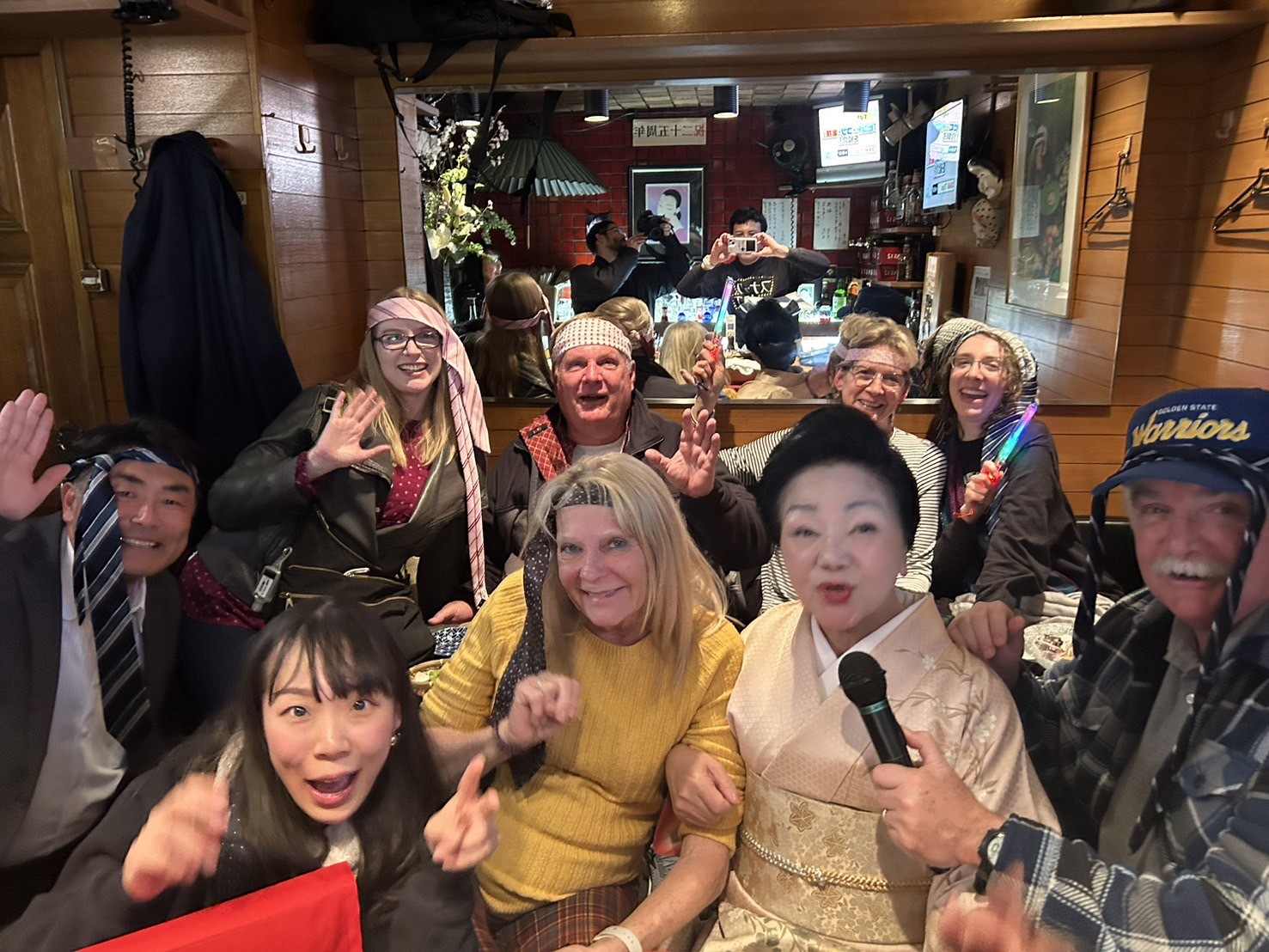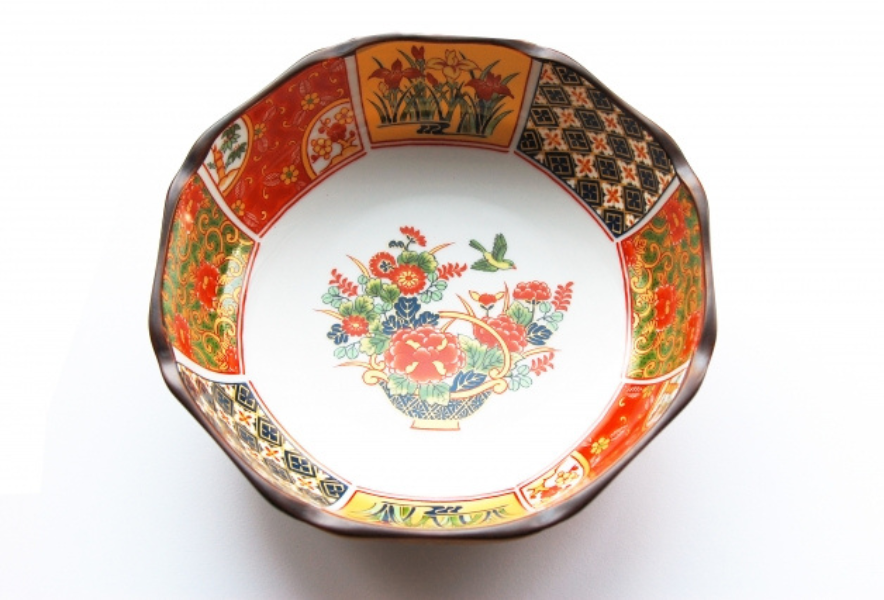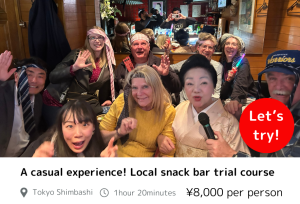When dining in Japan, it’s easy to be charmed by the flavors—but look a little closer, and you’ll notice that the plates themselves carry just as much thought and beauty. Japanese tableware, especially plates used for serving food, reflects centuries of craftsmanship, cultural values, and seasonal awareness. Let’s dive into three unique aspects of Japanese plates that make them so special.
Contents
The Beauty of Shape and Asymmetry
Japanese plates often stray from perfect circles or squares. Many are irregularly shaped—like soft ovals, gentle waves, or petal-like edges. This is not by accident. It’s part of the wabi-sabi philosophy, which finds beauty in imperfection and the natural world.
For example, a hand-formed ceramic plate might have a curve that mimics the flow of water, enhancing the presentation of sashimi or tempura. These shapes are not only aesthetic; they guide how the food is arranged, creating balance and visual appeal.
Seasonal Expression Through Plates
In Japan, plates change with the seasons. In spring, you might see pastel colors and cherry blossom motifs. Summer brings lighter materials like glass, which convey coolness. Autumn features earthy tones and leaf designs, while winter may showcase heavier, darker ceramics.
This seasonal rotation isn’t just decorative. It’s a way of expressing harmony with nature, making the dining experience more immersive and emotionally resonant—even if the food stays the same.
Regional Craft and Natural Materials
Japanese plates are often made using traditional techniques passed down for generations. Each region has its own distinct style:
- Mino Yaki (Gifu Prefecture): versatile, rustic ceramics
- Arita Yaki (Saga Prefecture): delicate porcelain with fine patterns
- Shigaraki Yaki (Shiga Prefecture): earthy textures and natural glazes
These plates aren’t just for show. Their material—porcelain, stoneware, or glass—affects how the food looks, feels, and even tastes. For example, serving grilled fish on a rough-textured ceramic plate brings out its rustic charm, while a smooth porcelain plate might highlight color and delicacy.
Even in Snack Bars, Plates Matter
Japanese plates are not mere tools—they are part of the dining experience. And you don’t need to go to a fancy restaurant to enjoy them. Even in small, casual snack bars, some owners take pride in their plate selection, using vintage ceramics or seasonal designs to serve light dishes alongside your drink.
So next time you eat in Japan, pay attention to the plate under your food. It might just be telling a story of its own.
Let’s go to Izakaya and a Japanese Snack-bar with a fun guide!!
You can enjoy many kinds of food at Izakaya and drinking culture Snack Bars, beloved by many but you can’t enter without a guide. You can enjoy communication with the owner and other customers, as well as singing karaoke, allowing for a relaxing time.
Most snack bars have a policy of refusing entry to foreigners. However, with a tour, you’ll have a guide, so you can enter with peace of mind.
When visiting Japan, don’t just check off the tourist spots –
dive into local experiences for an unforgettable journey!

Once you experience it, you’ll be captivated too! The charm of snack bars.

New encounters with people! The camaraderie of singing at a snack bar! Conversations with the mama-san!





